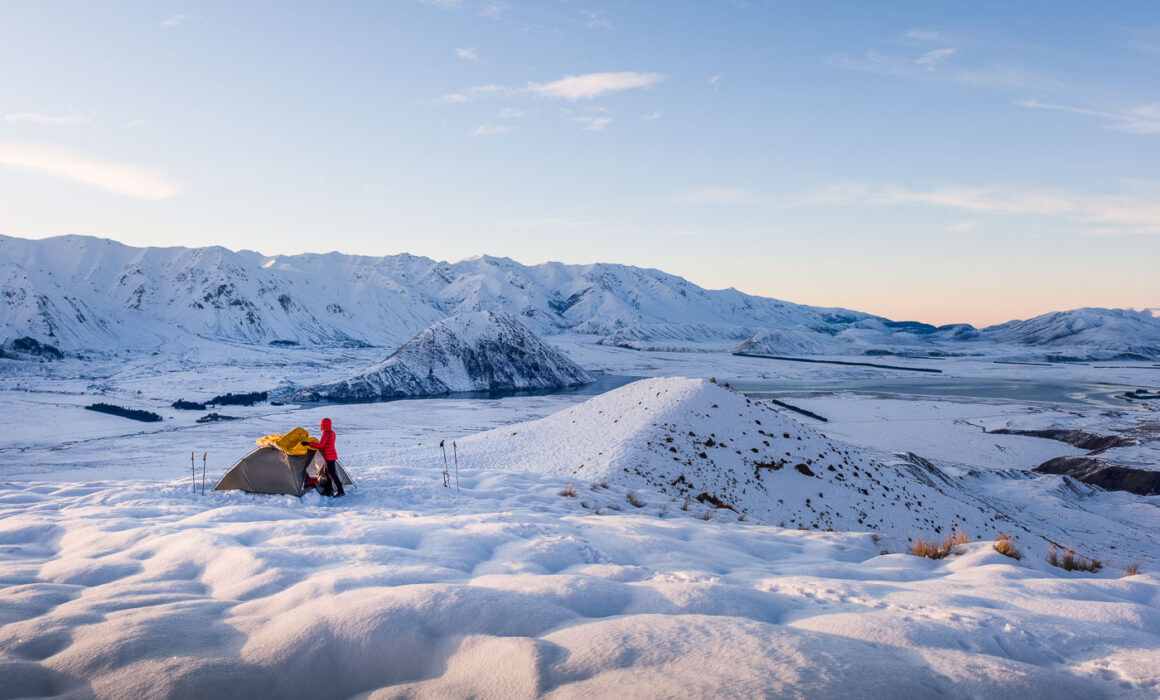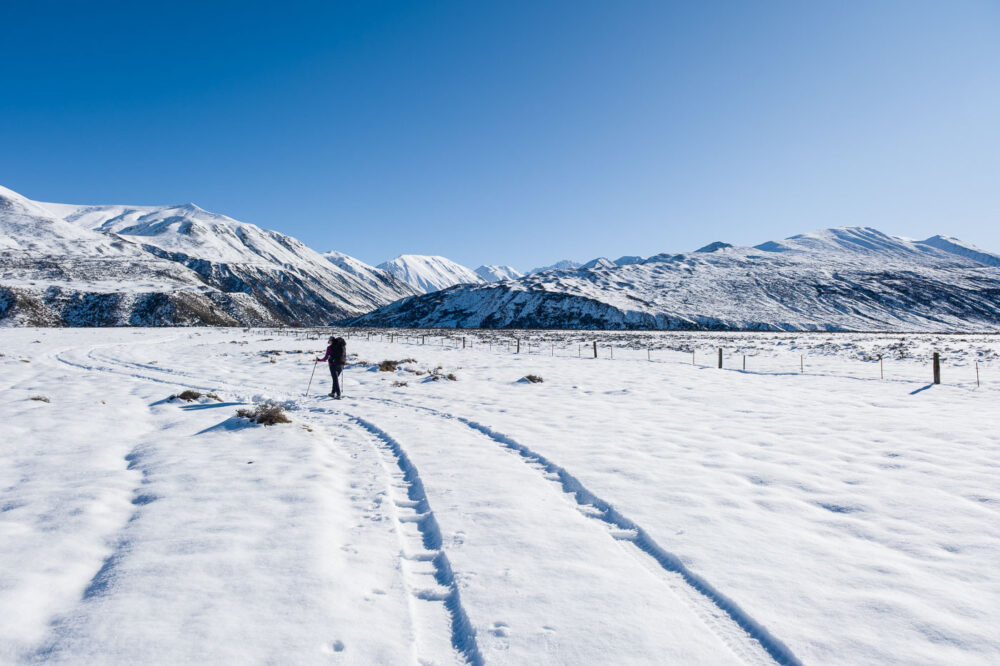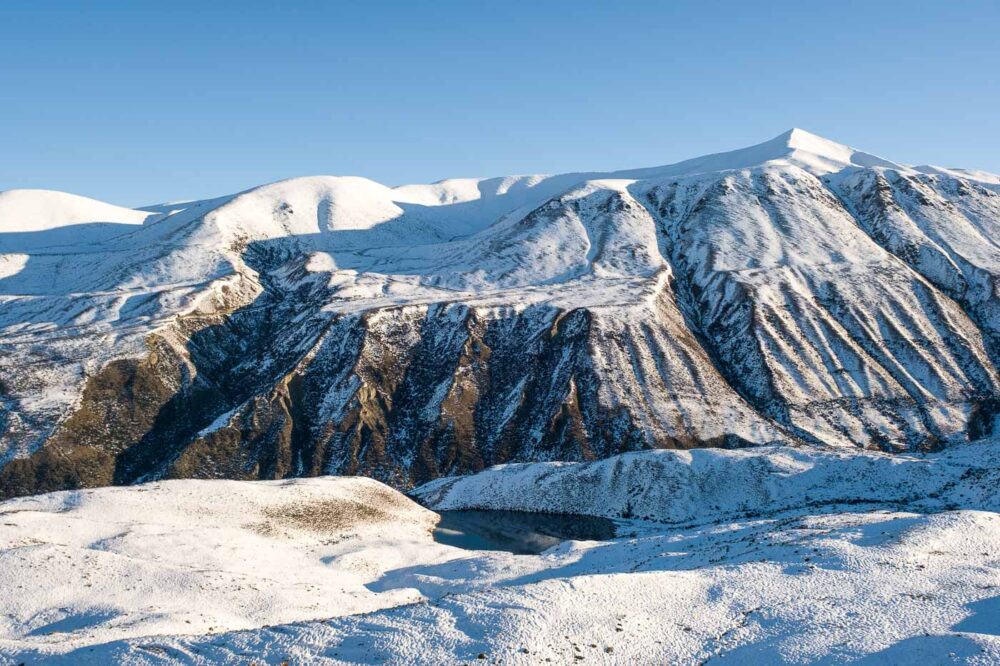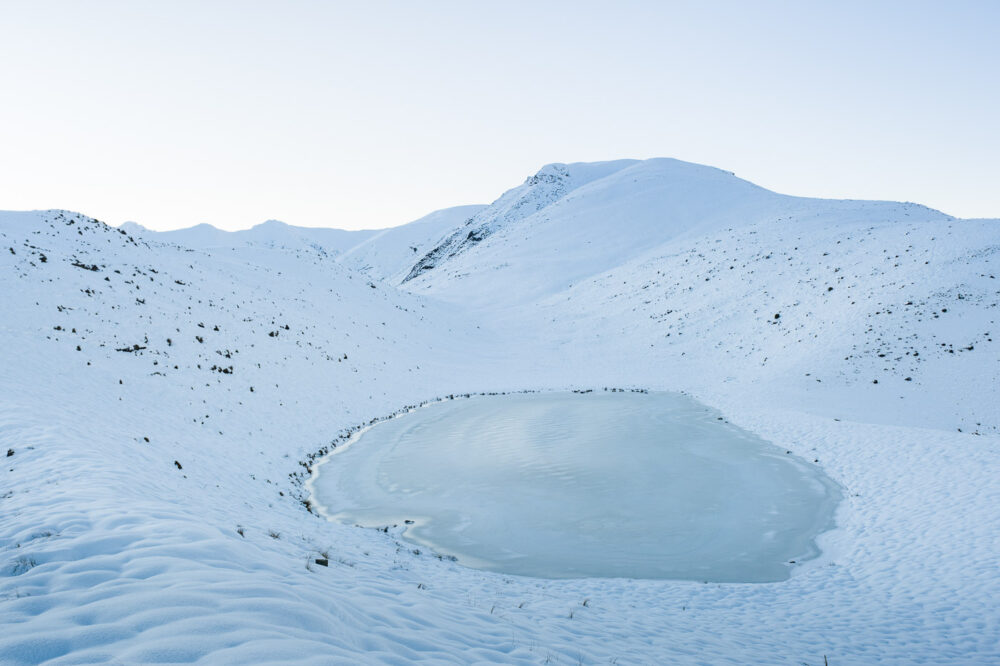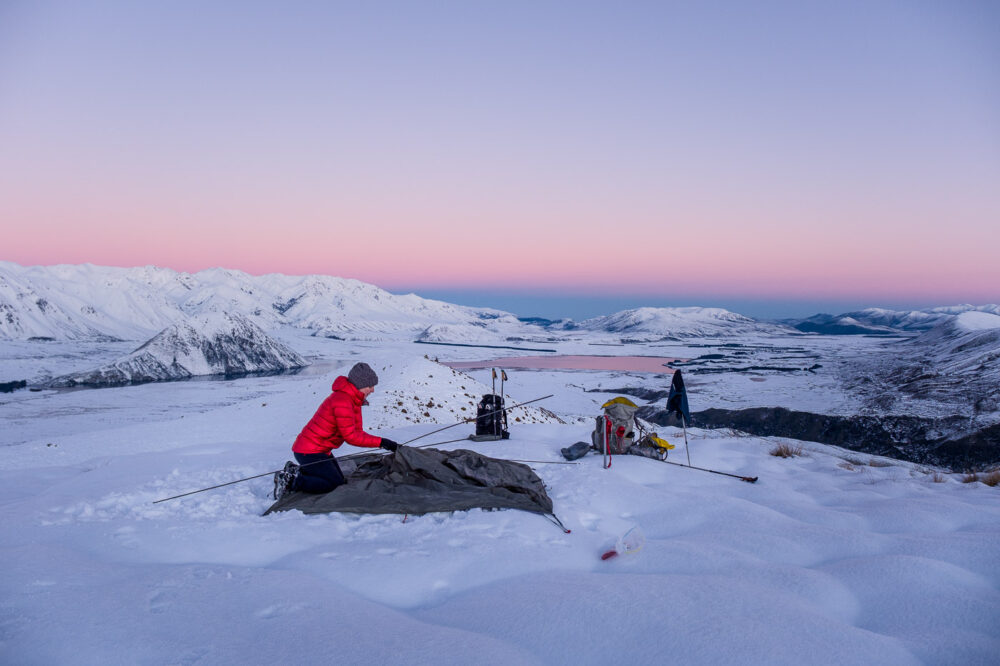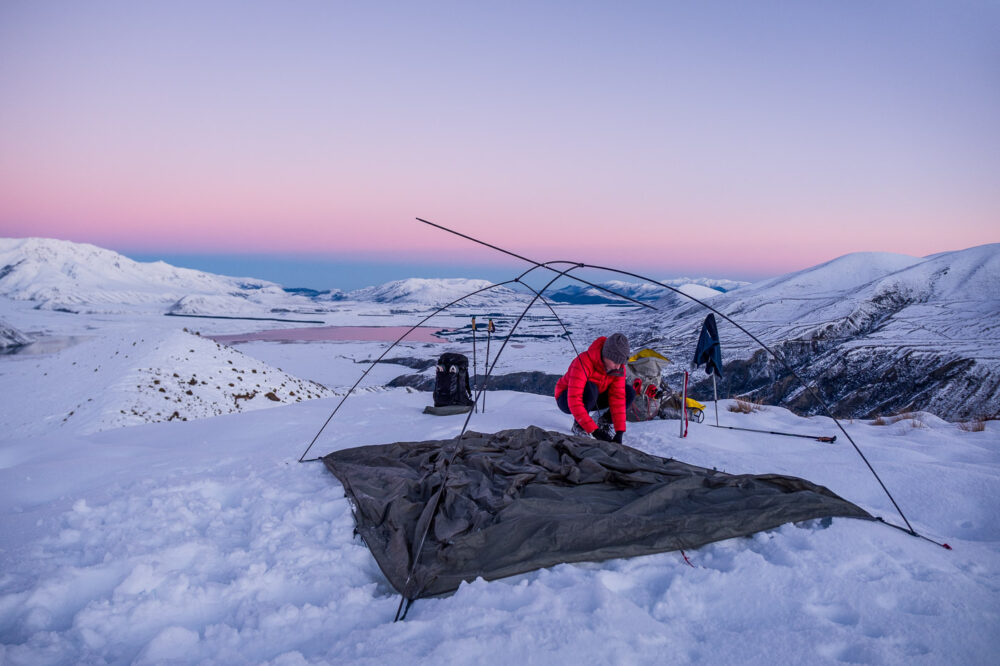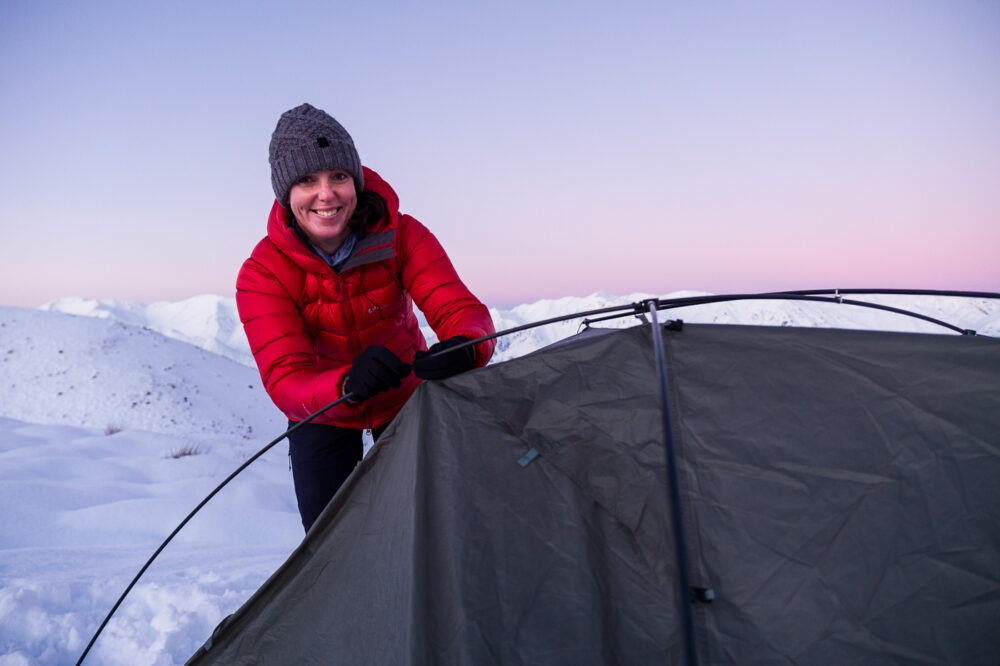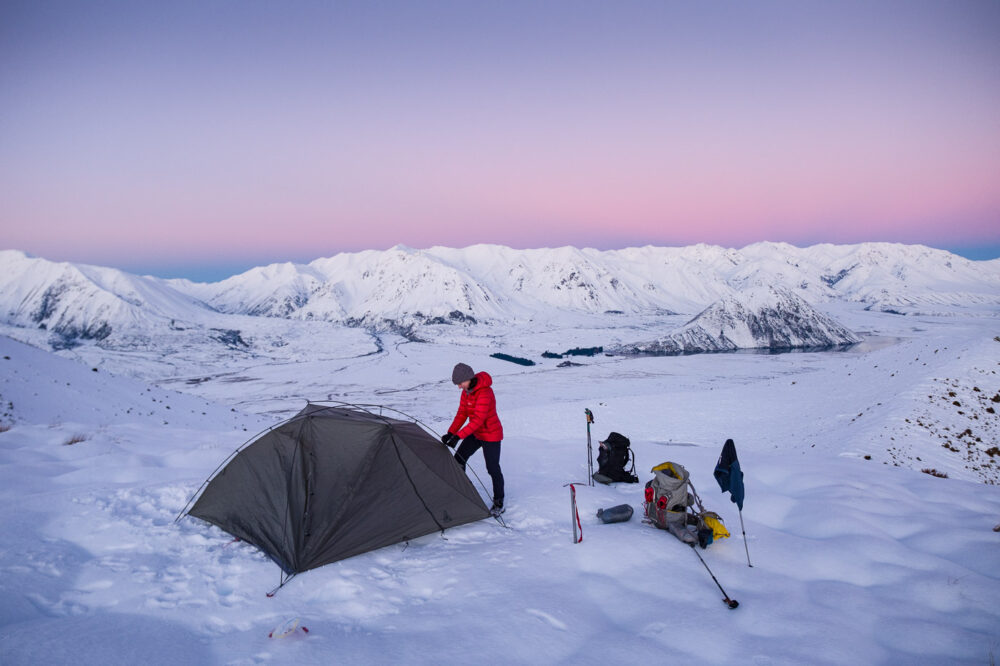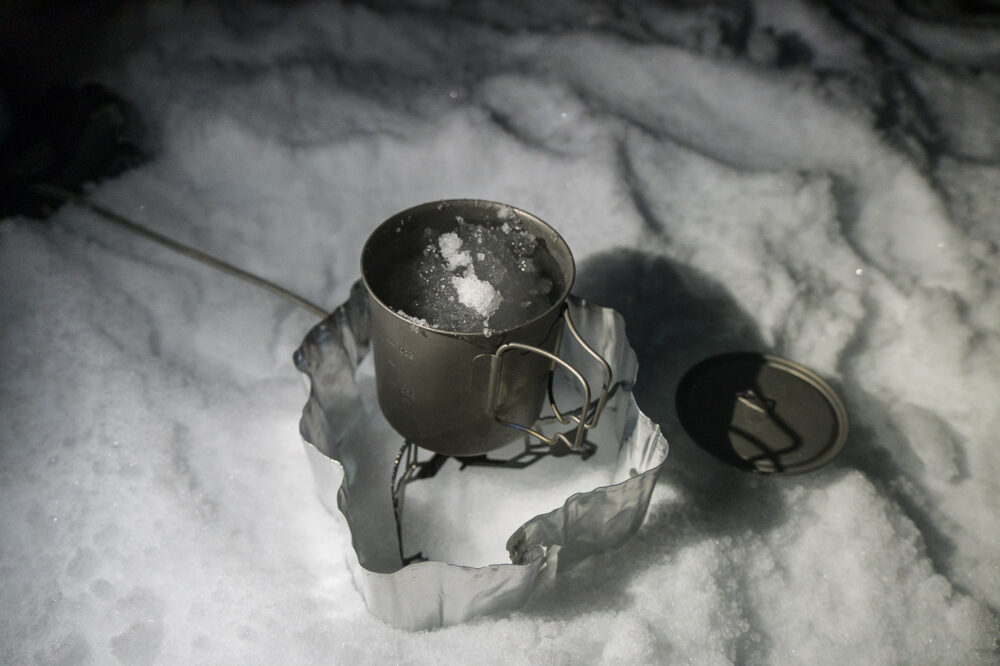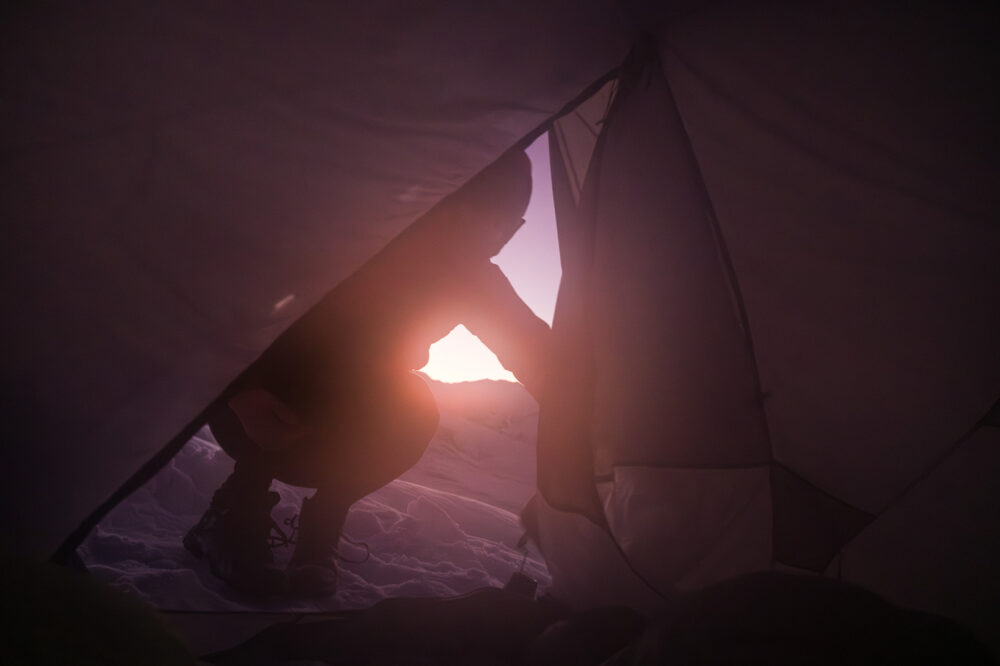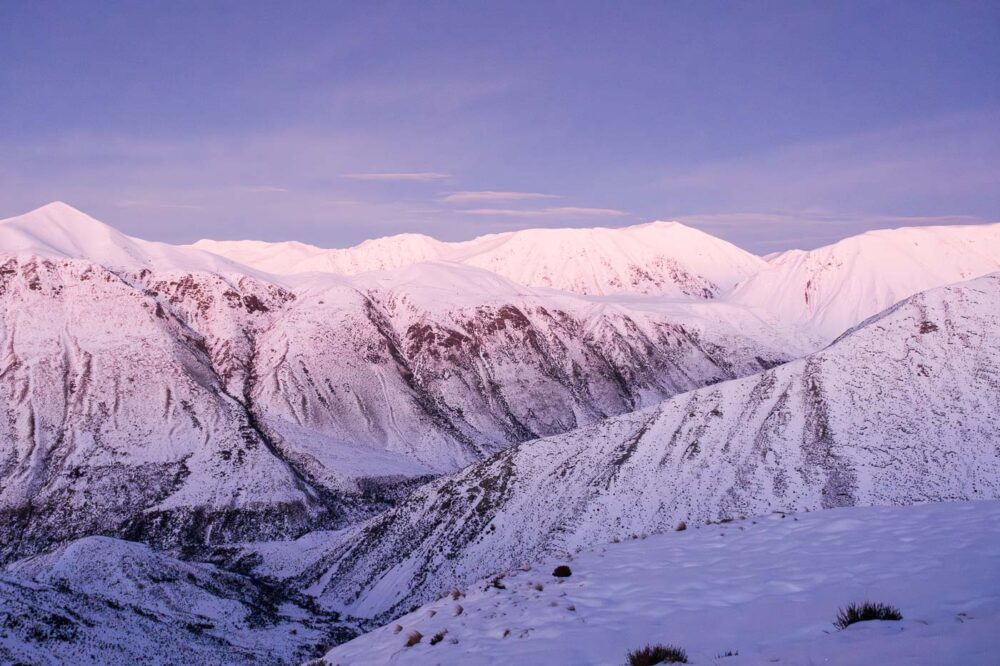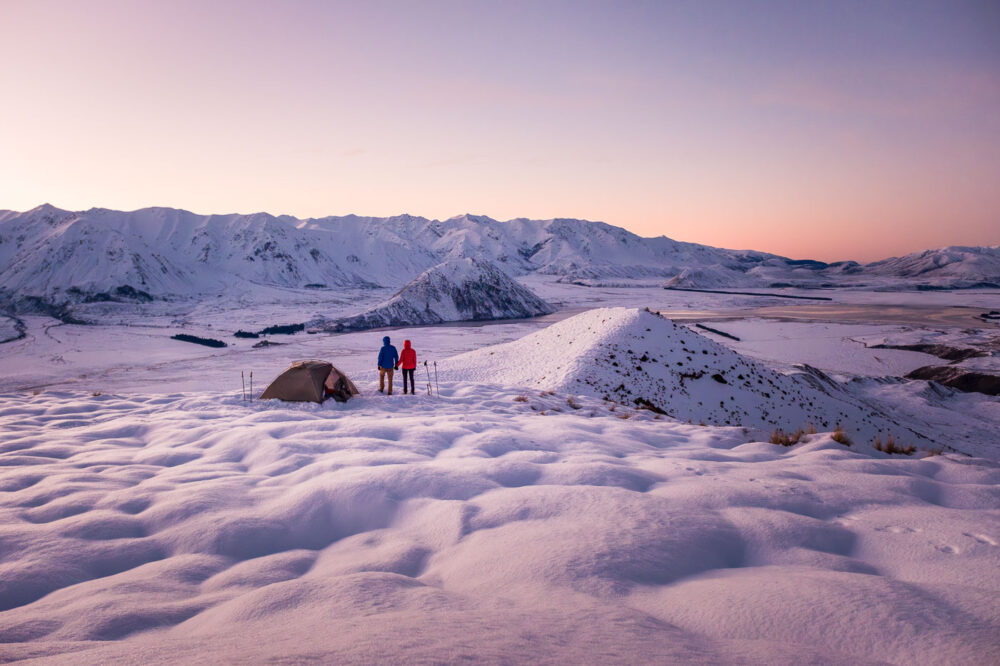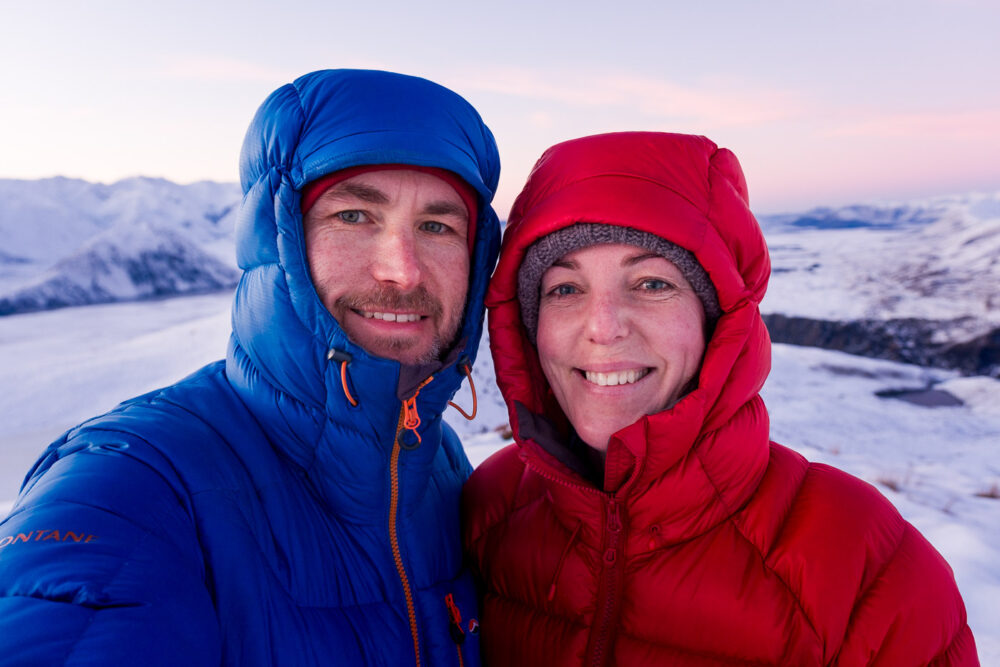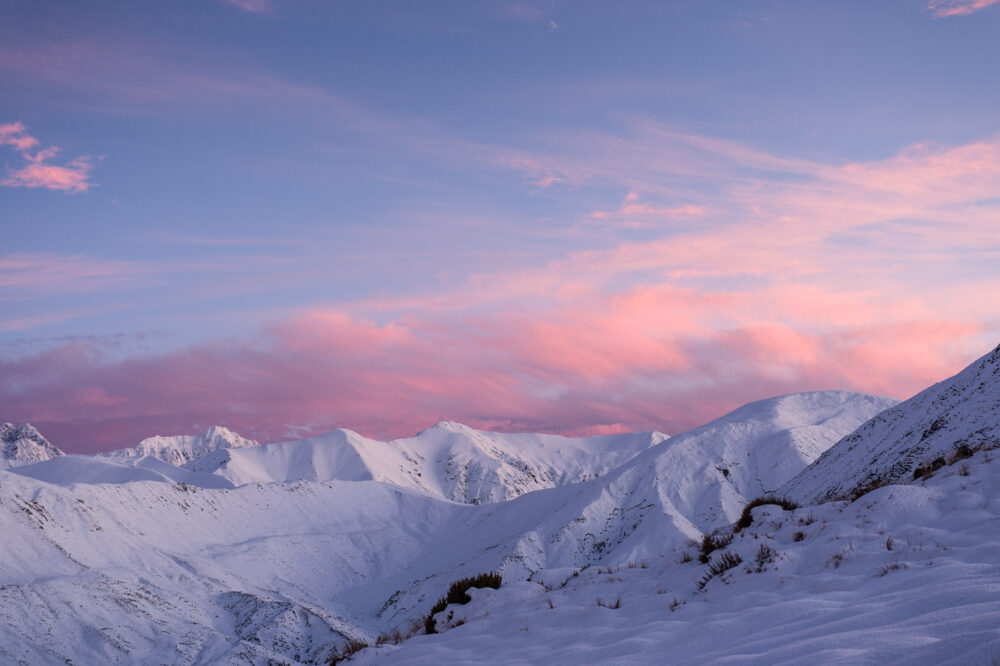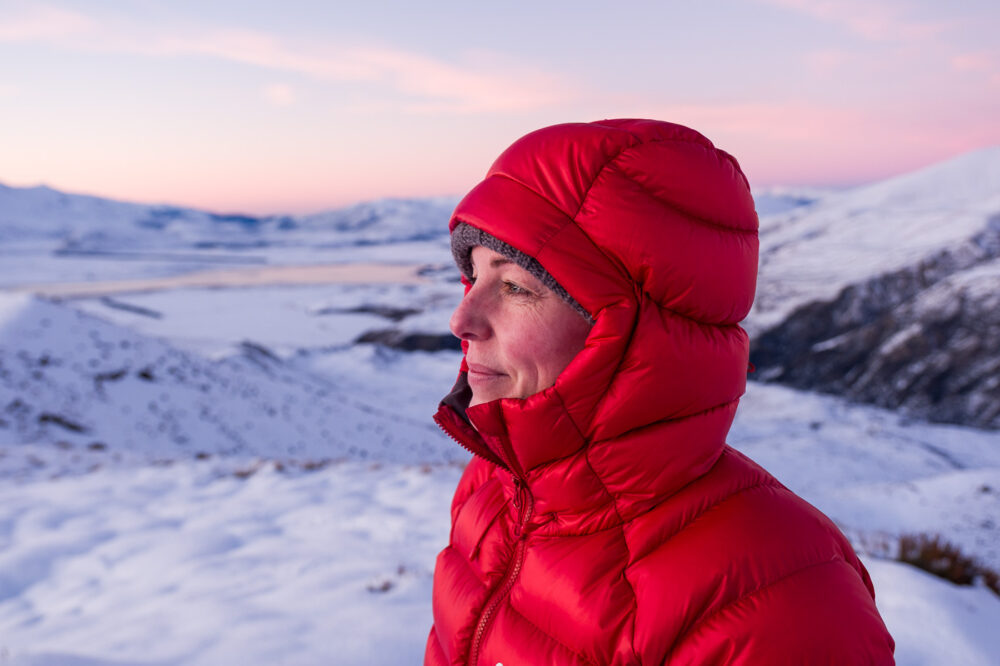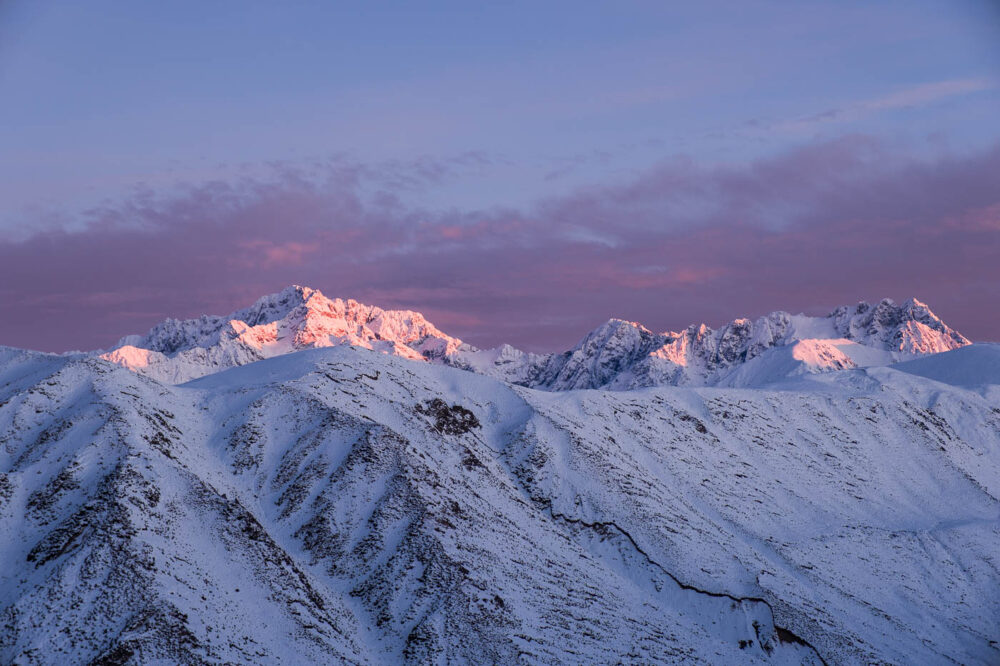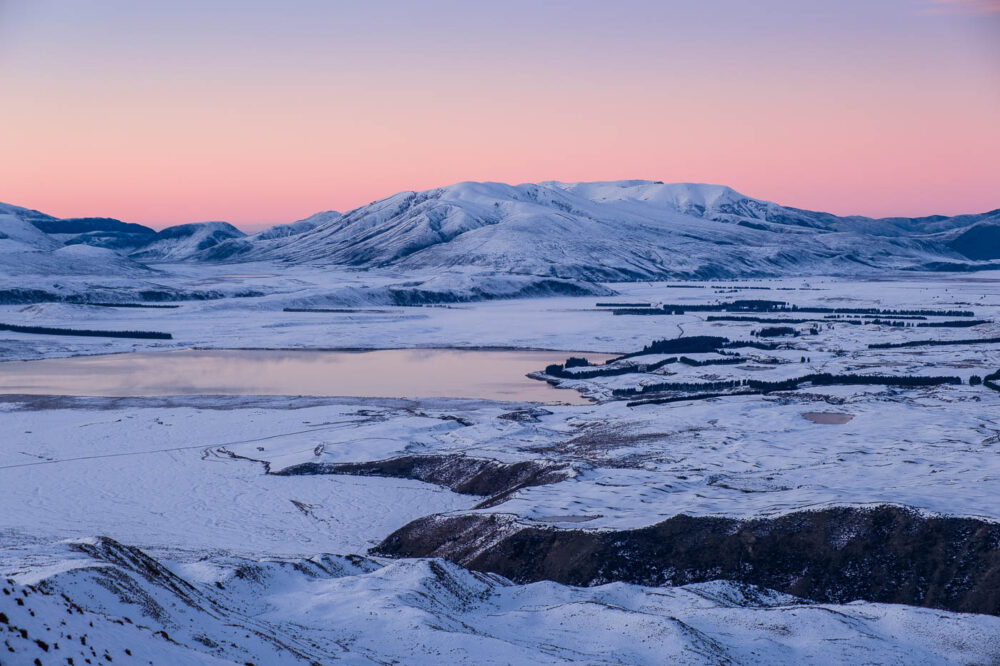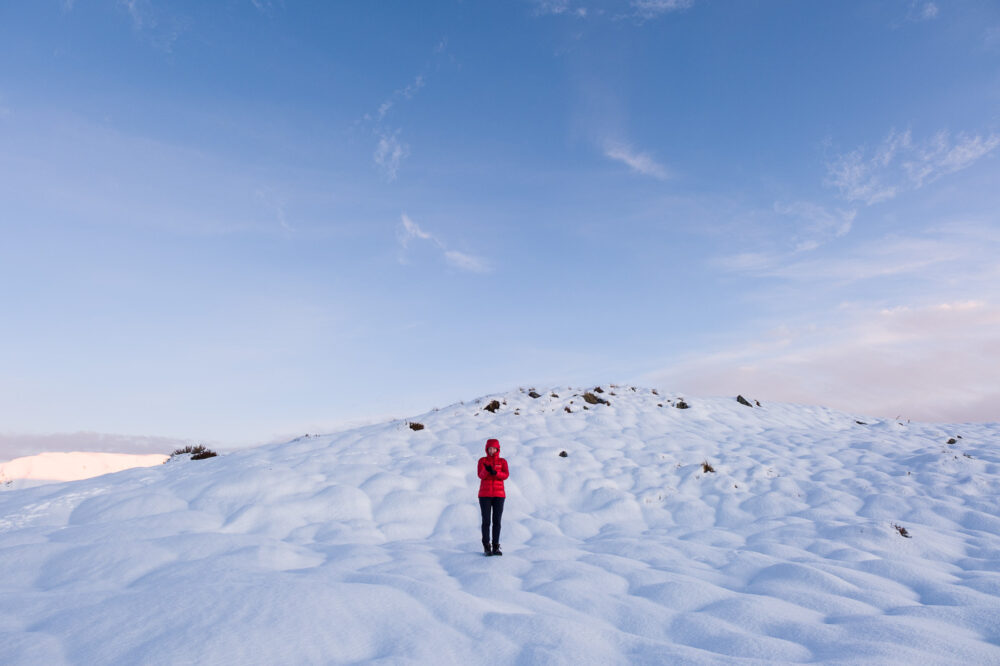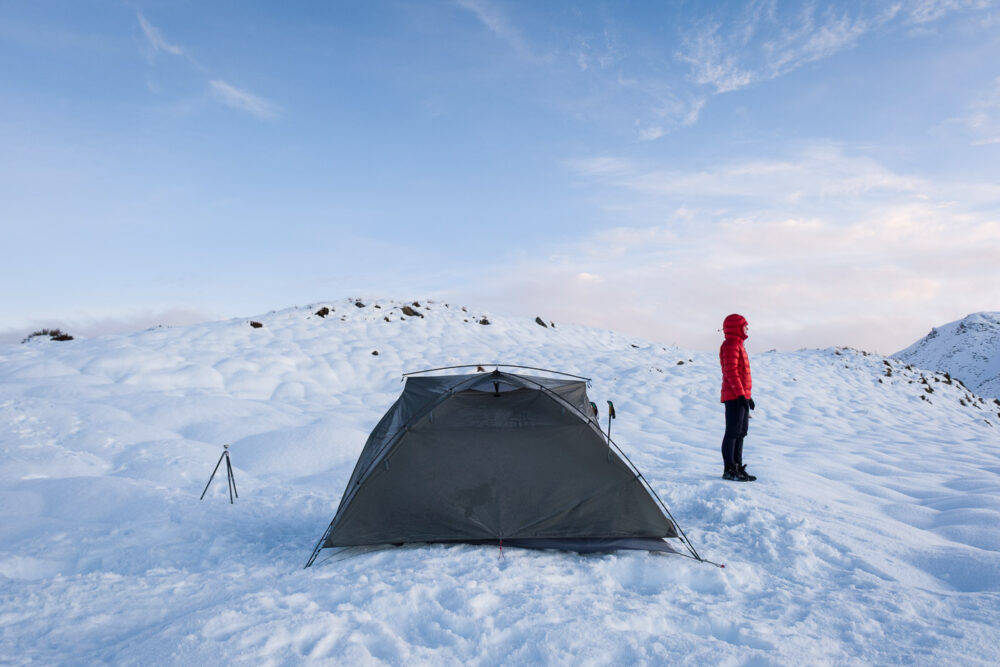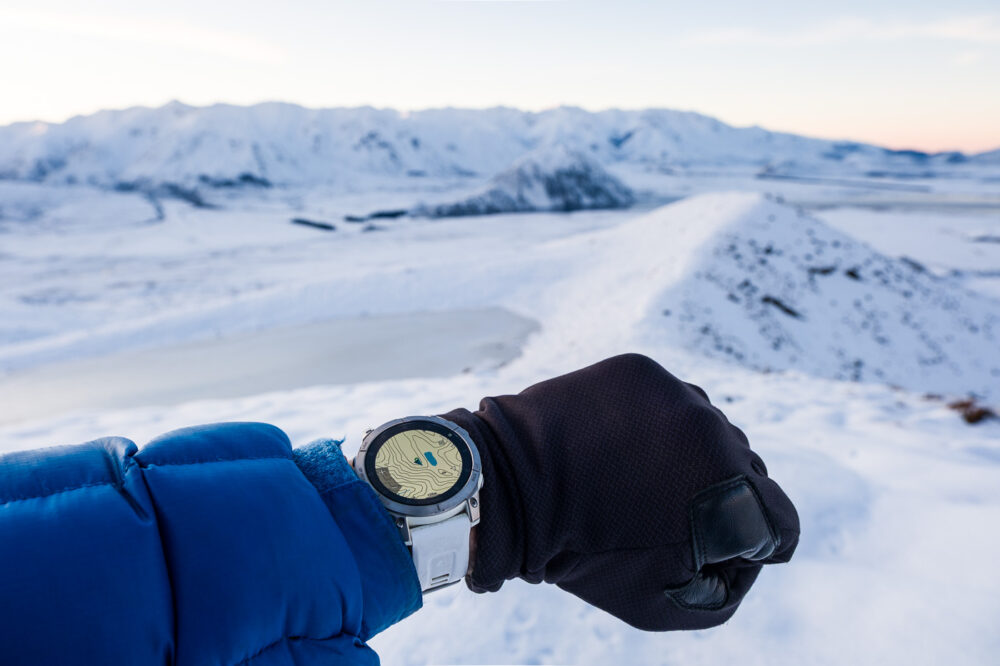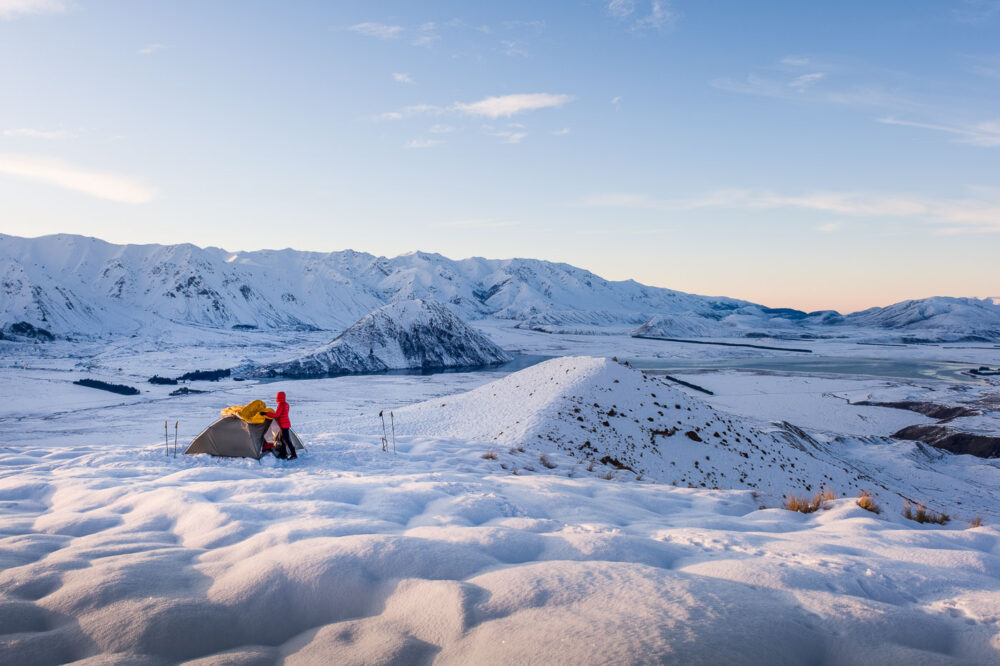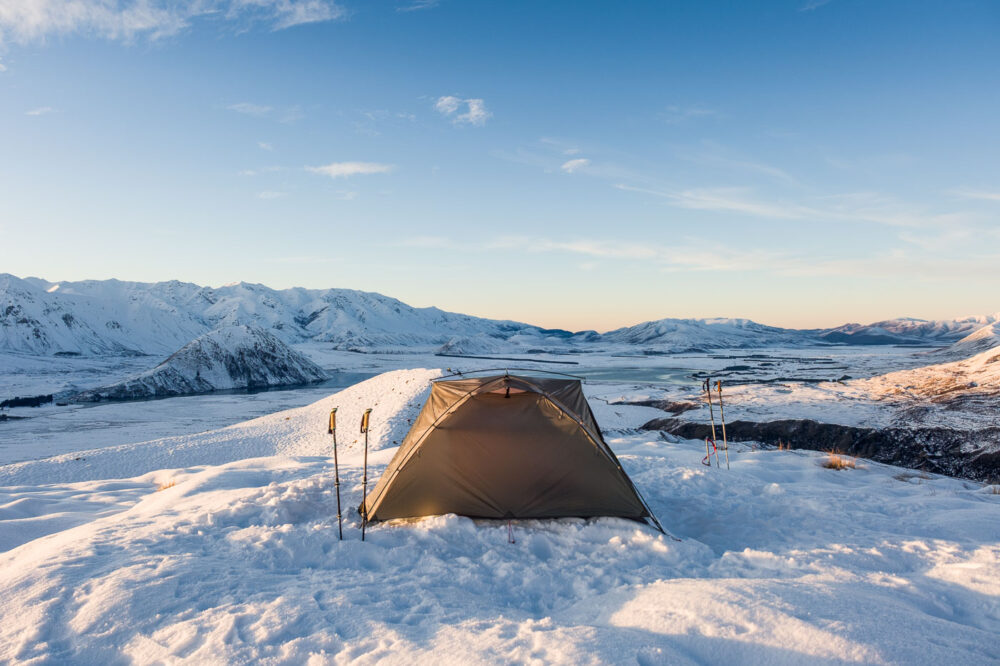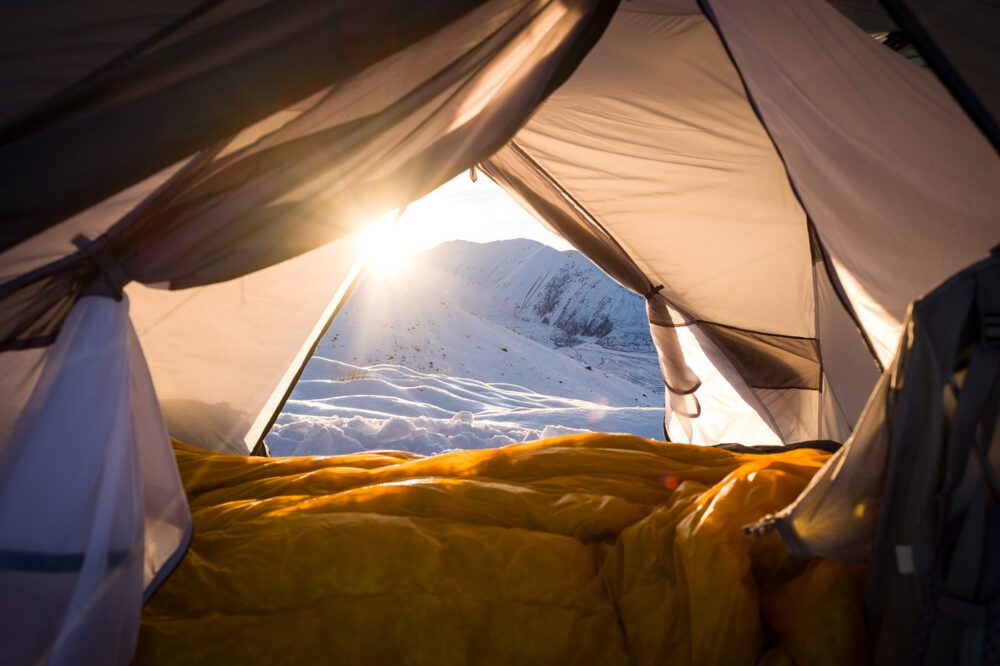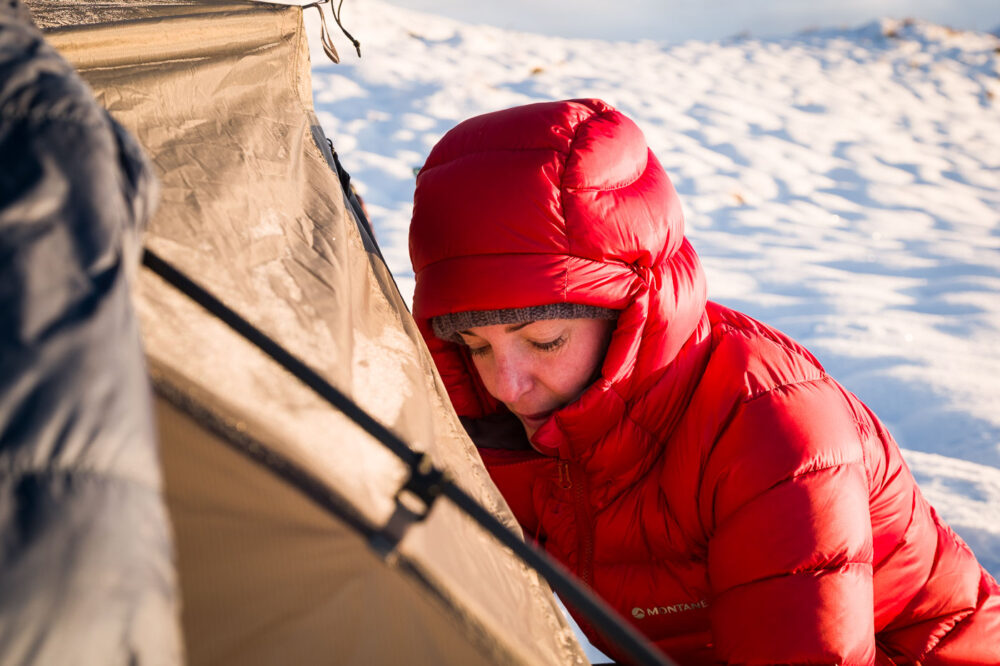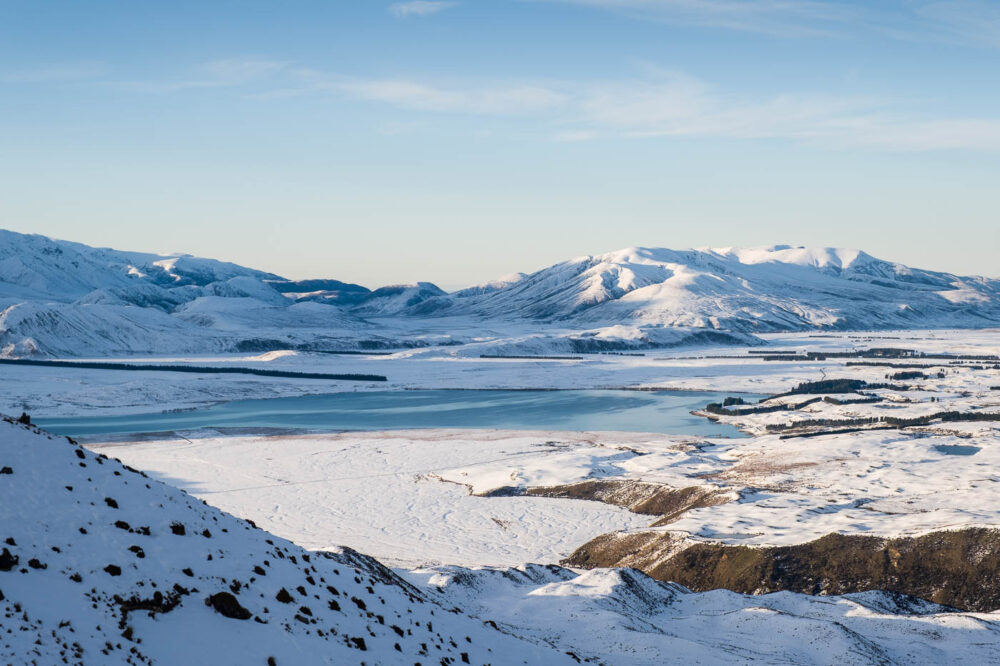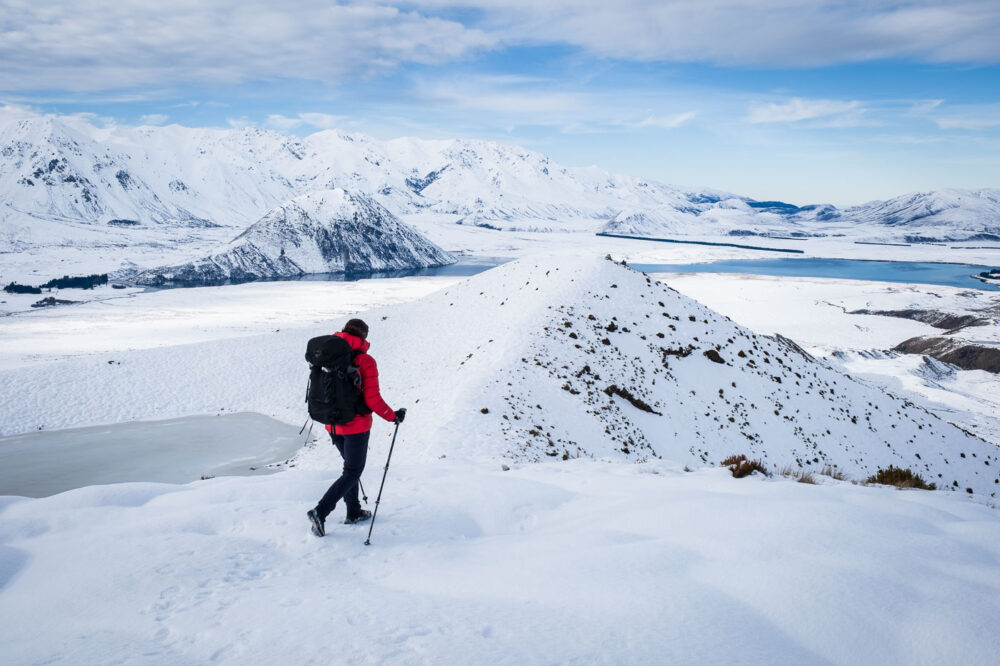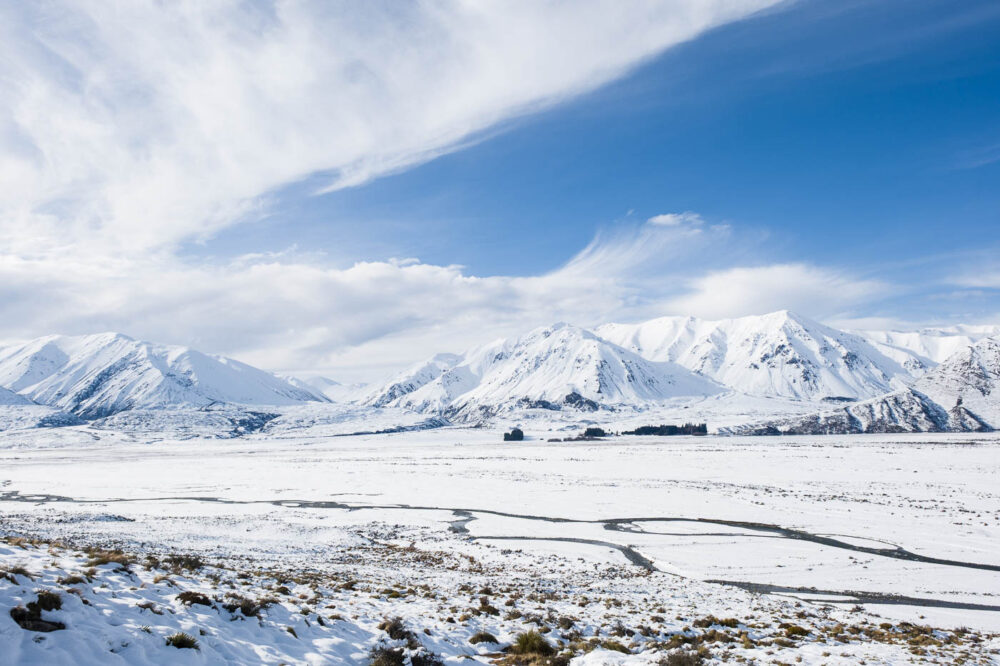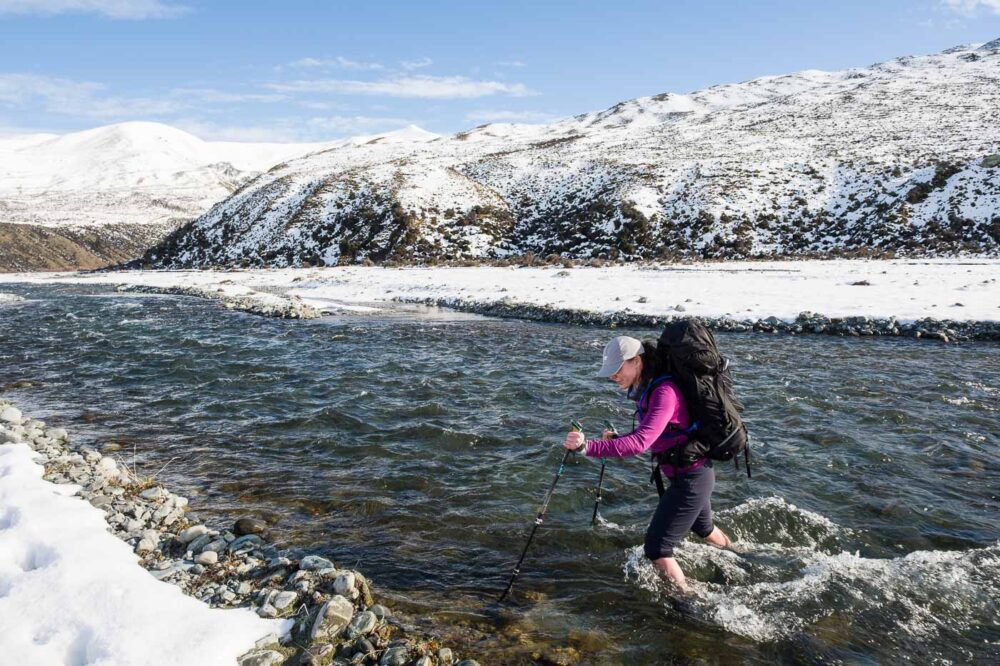Three Seasons Plus
Was it a gamble going on a winter tramp with three season gear? Kind of, but you have to start somewhere.
Over the years, my ambitions to spend more time on snow gradually faded. I do not mind solo tramping, but I prefer sharing the experience with other humans, and most of those humans seem pretty disinclined to be cold. Add to that the fact that snow in New Zealand is usually found only in areas better suited to mountaineering, and it becomes clear why I only ever accumulated enough winter kit for one person.
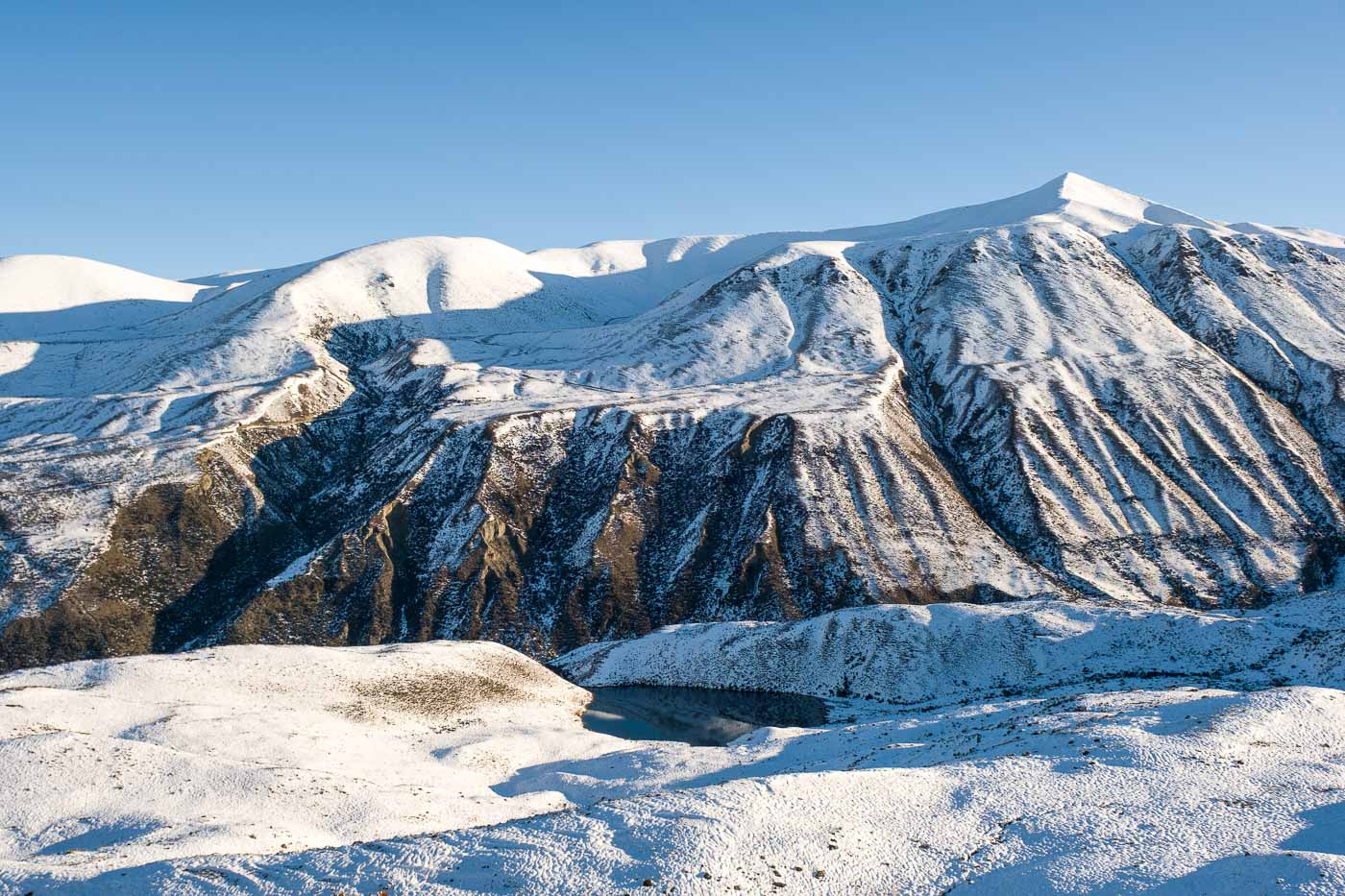
So how do you go about this kind of trip when a willing victim with three season gear wants to come along? It is a big investment to buy all the gear, only to discover you would rather stick with a heat pump and Netflix for winter entertainment.
A quick look through my gear showed we were short a winter sleeping pad, a warmer sleeping bag, and a few extra layers. Fortunately, there is room for improvisation if it is just a brief dip into the backcountry.
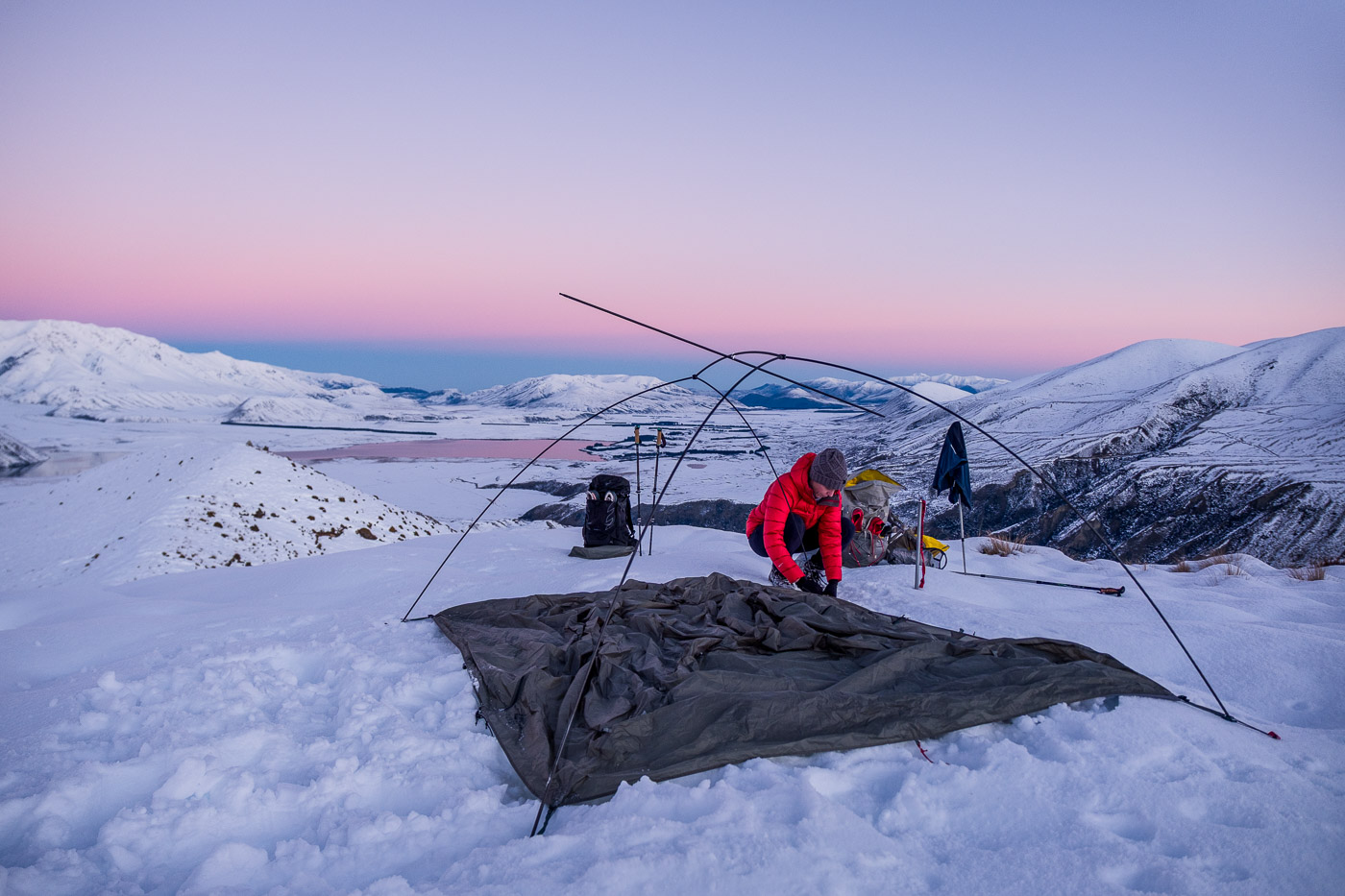
For moderately cold winter days just below freezing, clothes can be layered. A thin foam underlay for a few bucks can help boost a three-season R4.x sleeping pad to do moderate winter duty. While there wasn’t much we could do about my three-season sleeping bag and quilt, sleeping in our clothes is an easy way to add warmth. Failing that, a simple gold foil emergency bivvy bag was on standby in case of severely cold temperatures.
But was this safe, you ask? I pondered the same question, and considering the very short route to a known location, the excellent weather forecast, our gear loadout and my previous winter experience, I felt confident that we wouldn’t lose any toes on this trip.
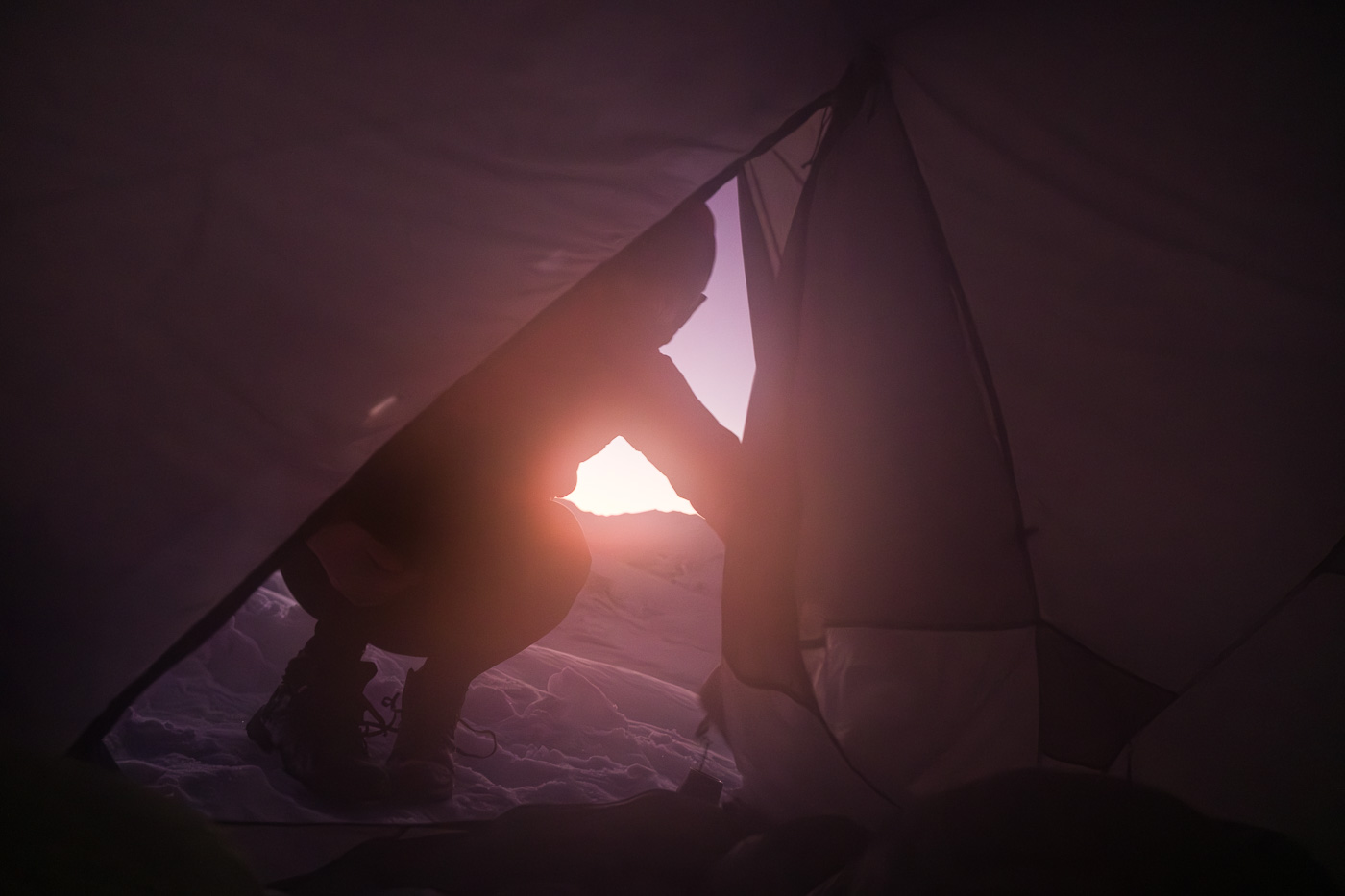
And then our cold weather trip turned into a small expedition with half a metre of snow around Lake Heron. Within a few minutes of driving, the terrain changed from green Canterbury Plains and a balmy ten degrees to slightly below freezing in a snow-covered valley.
I would have to think back to 2011 to remember anything quite like it. After a quick reassessment, we decided that the risk of getting stuck on the hill without crampons was manageable. If we woke to icy conditions in the morning, we’d just have to wait until the sun made it soft enough to cross on boots.
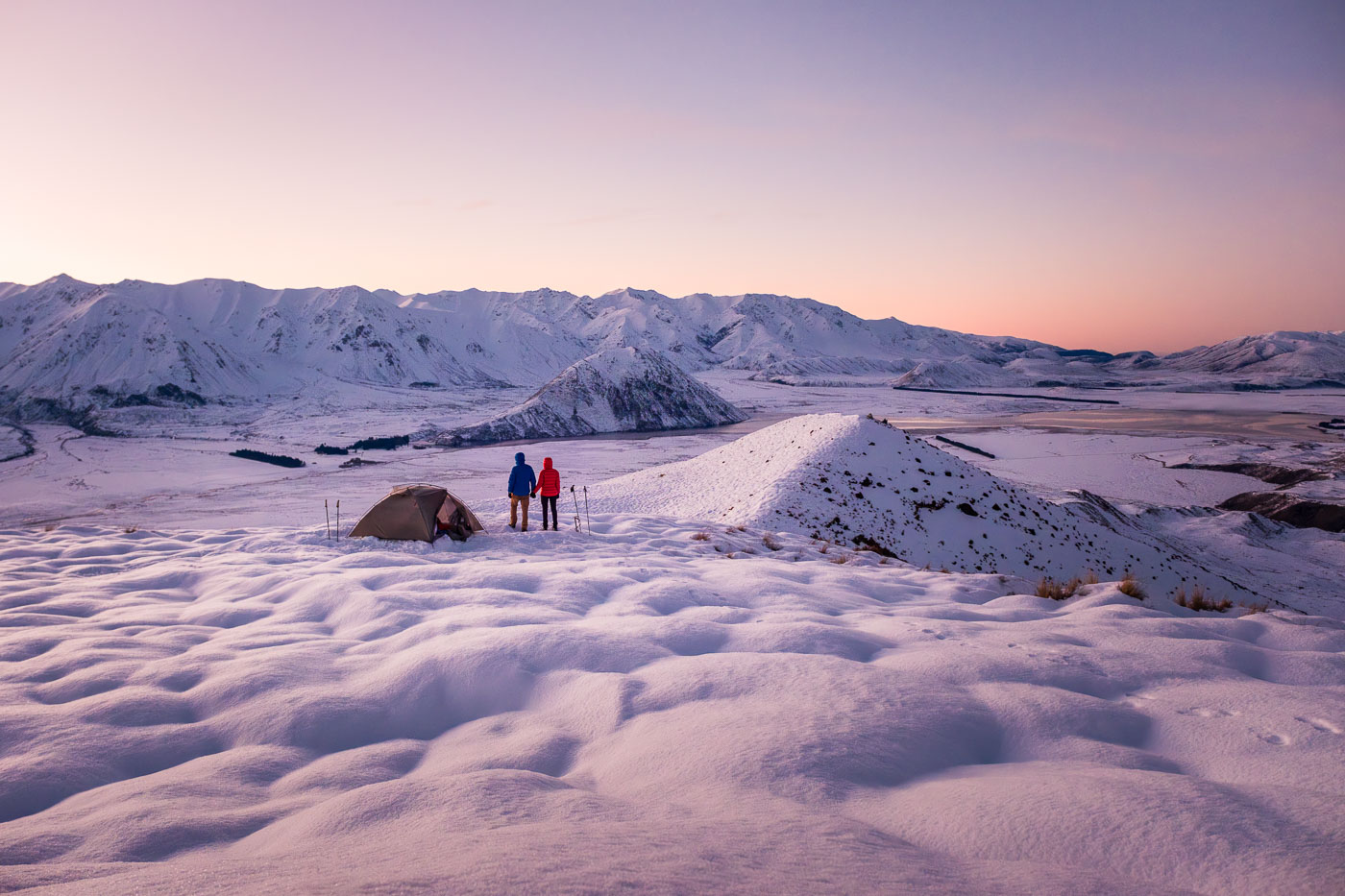
What a difference the season made. My summer trip to Staces Hill ten years ago was an easy walk through a gently rolling tussock landscape. Now, though, we struggled with every step. Each time the icy surface gave way, we sank into the soft, dry snow below. It was a masterclass in type 2 fun.
Compared to summer, everything just takes a little longer in winter. From walking up a hill to melting snow for drinking water, progress feels slower all around. But the snow also adds a sense of adventure that makes me feel like a polar explorer, even when civilisation is waiting at the bottom of the hill.

Huddled in our down jackets and long underwear, with an emergency hot water bottle on standby, our wet boots slowly froze to solid chunks of ice as we settled in for the night. While I would not describe the experience as toasty warm, our gear tweaks helped keep us comfortable – warm enough in fact to inpire future excursions.
A more detailed write-up will appear in Wilderness Magazine. For now, I will leave you with all the images from this trip. Stay warm!
Camera Gear
Camera: Fujifilm X-T5
Lens: Fujifilm XF16-55
Tripod: Explorer GX-PROK
Remotes: Yongnuo RF-603CII

